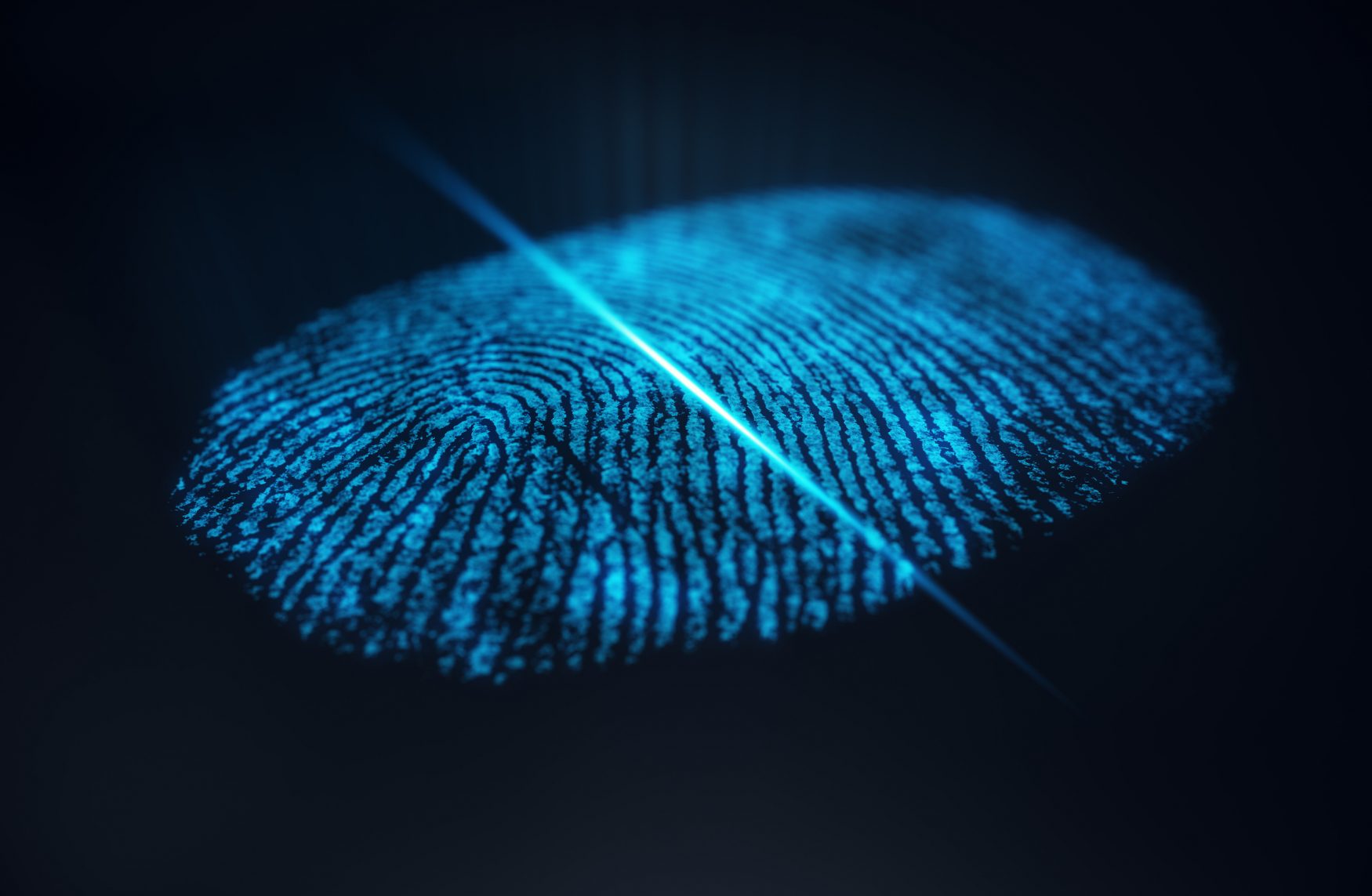
The Widespread Use of Finger Biometrics Treats Everyone as Criminals
Finger Biometrics Pose a Serious Threat to Our Right to Privacy.
Finger biometrics is the digitally-advanced method of taking fingerprints, which results in a digital recording of your fingerprint that is stored indefinitely in the database of the company or organization that requires biometric finger-scanning.
Because fingerprints are unique to every individual, fingerprinting was once mainly associated with the world of crime, for the use of identifying both criminals and victims.
With the introduction of biometrics, finger-scanning is now a commonly implemented practice that is imposed upon all citizens for a number of reasons, regardless of whether or not they have a criminal record.
Finger biometrics is rapidly becoming widespread practice and is now required for identification purposes in a variety of situations, such as renewing a driver’s license or entering your workplace.
Even schoolchildren are not exempt: some schools implement biometric finger scans in order for students to get their lunch.
Additionally, employers can require your digital fingerprints to check whether or not you have a criminal history, rather than relying on the old system of using your name and date of birth to access such information.
Finger biometrics is the most commonly-used and widespread form of biometrics, also cropping up in casinos, airports, and ATMs.
You can’t even get into Disneyland without providing them with a finger scan.
Disney Requires Finger Scanning
Dangers of Biometrics Finger Scans
The use of digital finger-scanning is expected to grow in the future, unless we take action now to stop this form of Big Brother surveillance.
Every time you scan your finger in one of these biometric devices, your information will be stored in a database.
This information can be turned over to the government at any time, for any purpose, when they issue a subpoena.
It is a serious breach of privacy when you can’t even visit Disneyland without the government knowing about it.
Additionally, there are various ways to trick a finger scanner. In extreme cases, criminals may resort to cutting off someone’s finger in order to steal a car or access secure areas.
Finger scanners can also be tricked by fake fingers made from molds.
Potential for Abuse
With digital fingerprint systems such as we’ve outlined here, there is a massive potential for abuse.
The government can use the information to clamp down on us and watch over our every move, akin to a police state in which we have severely restricted freedoms.
As finger biometrics become more and more prevalent in our society, the government can easily amass a handy goldmine of information about where we go, how we spend our time, and who we associate with.
If your fingerprints get erroneously connected to a crime, either through fraud or error, you are marked for life.
If you are the victim of identity fraud, you can easily get new credit cards, open a new bank account, and even change your name – but your fingerprints are with you for life. They will never change.
If there is some unwarranted misdeed associated with your fingerprints, it will follow you wherever you go, through no fault of your own other than being the victim of technological misfortune.
Serious Privacy Concerns
While the government and biometrics firms work hard to assure the public that the implementation of biometrics is a favorable trend that is imperative to both personal and national safety, they fail to divulge the ways in which biometrics pose a serious threat to individual privacy.
With the information recording your finger scan stored in a database, this creates a digital record of your whereabouts and activities.
In the wrong hands, this information can be used against you.

 My First Amazing Ayahuasca Experience
My First Amazing Ayahuasca Experience  Pine Needle Tea
Pine Needle Tea  The REAL Controllers of Humanity: The Papal Bloodlines
The REAL Controllers of Humanity: The Papal Bloodlines  Is it Global Warming or Cooling?
Is it Global Warming or Cooling?  Gun Rights and Obama Examined
Gun Rights and Obama Examined